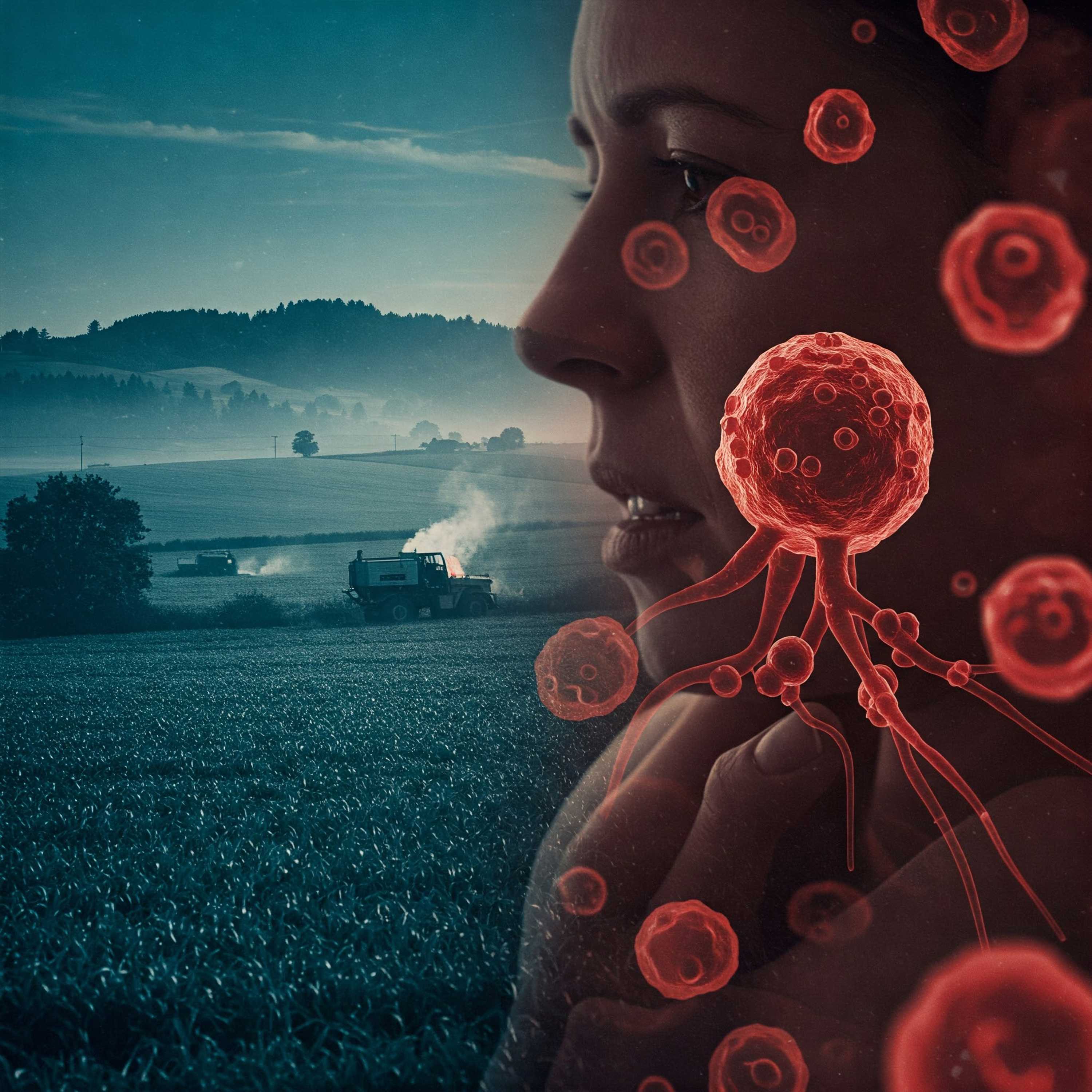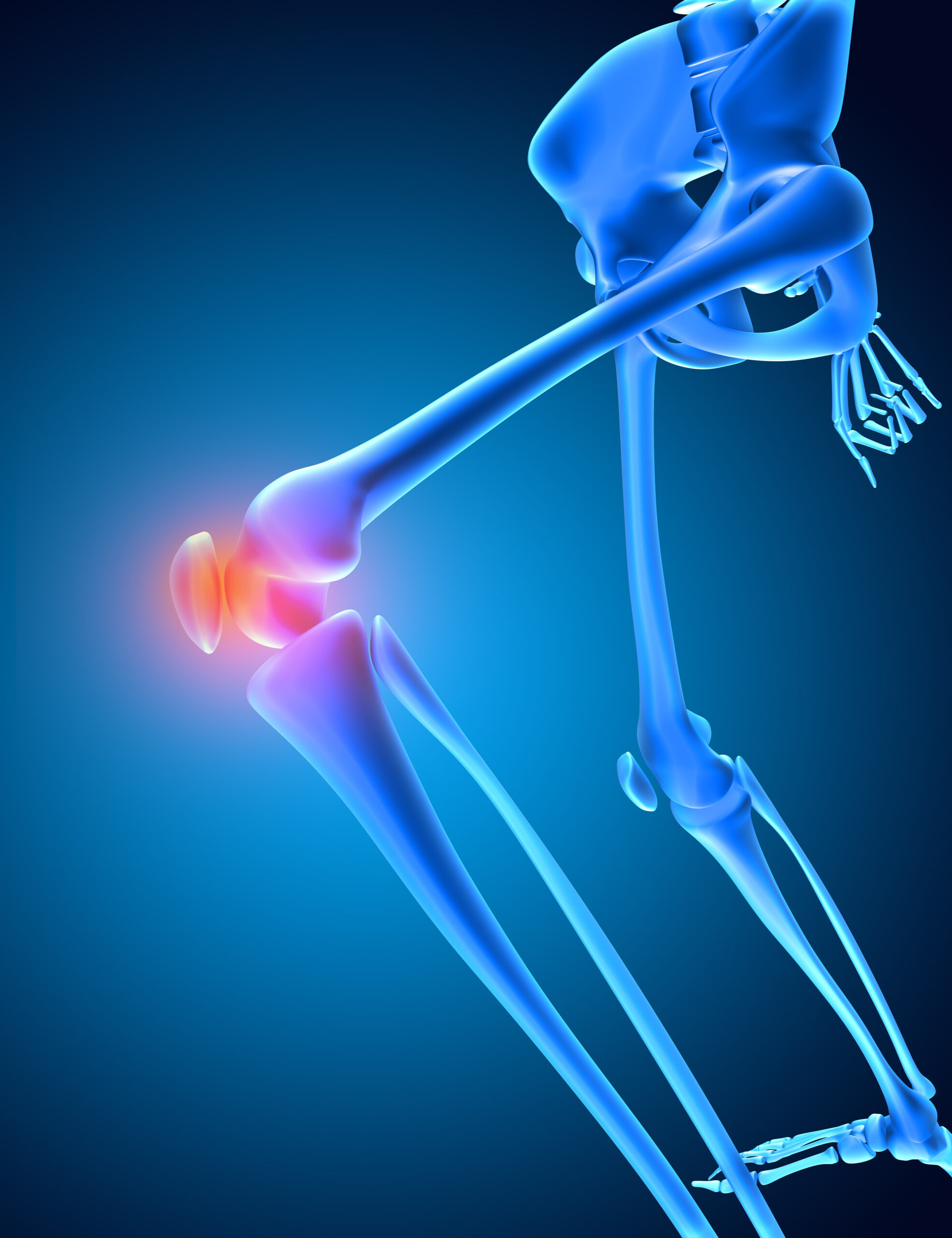India takes pride in being an agrarian society. The advent of the green revolution led to surplus production and solved India’s food crises. However, at the same time, the use of pesticides also increased, making these chemicals a key component of modern-day farming.
Pesticides are biological agents or chemical compounds that attract and kill pests. They are classified into organochlorines, organophosphates, pyrethroids, carbamates and neonicotinoids. The excessive and unregulated application of these pesticides has made them an indispensable part of the environment. The direct and indirect exposure to these compounds poses health risks that surpass their purpose. Certain pesticides have been established as carcinogens. Epidemiological experiments have established an association between these agents and cancers.
Punjab and Haryana led the green revolution and boosted the nation’s crop yield. Nonetheless, Punjab is the third largest user of pesticides annually. These pesticides track their way from the fields into the crops, may seep into the ground and accumulate in the groundwater. Pesticide traces have also been found in lactating mothers in Haryana. The impact is evident in the “infamous cancer train”, which ferries thousands of cancer patients from Bathinda to Bikaner to seek treatment. India’s agrarian society has contributed to its grim title as the world’s cancer capital. The stories are equivocal from the entire nation. The high residue of pesticides among apple orchard workers in Kashmir has been linked to increased leukemia and lymphoma rates. The practice of aerial spraying of endosulfans over the cashew plantation in Kasaragod, Kerala resulted in a surge in congenital anomalies, and neurobehavioral disorders. Endosulfan’s endocrine disrupting and genotoxic property was attributed to its potential to induce malignancies. This incident prompted legal actions and led to the Supreme Court of India’s ban on endosulfan in 2011.
While epidemiological studies have successfully linked the pervasive use of pesticides to cancer, understanding the molecular mechanisms through which these agents alter human biology is crucial to mitigate the public health crises.
How do Pesticide cause cancer?
Cancer arises when the cell loses its natural capacity to control or pause its replication potential. It is defined as an uncontrolled, abnormal growth of cells that persists even after the stimulus that initiated the change is removed. The consumption of pesticides can result in poisoning, but their accumulation in tiny amounts can lead to chronic changes which can manifest as malignancy. The exact mechanisms are yet being explored. Strong associations have been found between pesticide exposure and leukemia, non-Hodgkin lymphoma, bladder, breast, prostate, colon, lung and pancreatic cancers.
Pesticides promote carcinogenesis by disrupting endocrine signalling, producing oxidative stress and promoting chronic inflammation. Their interference with hormone signaling predisposes the individual to hormone-dependent cancers like breast and prostate cancer. Pesticides also result in DNA damage, increased mutation rates, which lead to bladder and childhood malignancies. These compounds can facilitate metastasis by promoting EMT or epithelial-mesenchymal transition, disrupting surveillance by the immune system and driving epigenetic changes. In the following sections, I have elucidated the mechanisms for certain cancers.
Role in Bladder Cancer: Cancer originates from the urothelial lining and is often associated with chemical exposure. Studies suggest that pesticides like organophosphates and other arsenic-based compounds induce damage to the DNA in the bladder epithelium and result in mutation. Further, they enhance the signaling via TGF-β pathway. This induces epithelial mesenchymal transition (EMT). Due to EMT, epithelial cells lose their adhesion properties. They gain the ability to migrate, resulting in invasion of the tumor and distant metastasis. Pesticide exposure can also result in activation of STAT3. Signal Transducer and Activator of Transcription 3 (STAT3) plays a key role in regulating inflammation, thereby ensuring cell survival. Due to its activation, abnormal cells escape immunity and survive.
Role in Breast Cancer: Breast cancer is a hormone-dependent cancer, arising from the epithelium of the mammary cells. It is considered as the most pesticide sensitive cancer. Compounds like Chlorpyrifos and DDT mimic estrogens. They bind to estrogen receptor, providing the stimulus for excessive cell proliferation. Chronic exposure to organophosphates results in structural changes of the breast tissue. There is an increased ductal branching and terminal end buds. These are said to be early indicators of malignancy.
Role in Prostate Cancer: Prostate cancer is one of the most common types of cancer. Pesticides like 2,4-D and carbaryl interfere with the signaling of the Androgen receptor resulting in uncontrolled cell growth. Certain pesticides can activate NF-kB, a strong potentiator of inflammation. It creates a favourable environment for the progression of cancer.
Role in Metastasis: Cancer can be benign or malignant. Metastasis is a key feature of malignancy. Metastasis refers to the spread of cells from the primary sites to distant organs. EMT plays a major role in inducing metastasis. Pesticides downregulate E-cadherins, which makes the cell lose its adhesion property. Hence, cells can now easily migrate. The extracellular matrix that hinders the invasion of tumour cells is broken down with the assistance of the Matrix metalloproteinases. Pesticides like chlorpyrifos upregulate this enzyme. The body’s ability to eliminate cancer cells is disrupted by the suppression of the Natural killer cells by the pesticides.
Role in Childhood Malignancy: Strong correlation have been found between pesticide exposure and pediatric cancers. Pesticides can lead to breaks in DNA strands and disrupt hematopoietic stem cells, thereby increasing leukemia and lymphoma risk. Exposure to pesticides in the prenatal period can cause abnormalities in the glial cells and result in brain cancers.
To summarize, pesticides can result in carcinogenesis by endocrine disruption, and genotoxicity, generating oxidative stress and chronic persistent inflammation or through epigenetic modifications.
It is imperative to understand that not just farmers, but all individuals are at risk for pesticide-related cancer.
Am I at risk for Pesticide-related Cancer?
Modern farming practices have made pesticides ubiquitous. There can be direct or indirect exposure to these chemicals. The cases of Punjab and Haryana suggest that the agriculturally predominant areas are the most severely affected. Farmers and agricultural workers who handle these pesticides are directly exposed through inhalation, absorption through the dermis, and accidental ingestion during application. Inadequate protective equipment while handling and applying pesticides often exaggerates this problem, compounding the exposure risks.
Individuals who are not actively engaged in farming are also at risk for pesticide-related cancer. This is due to indirect exposure by consumption of contaminated food and water. These chemicals like DDT, and organophosphates, also accumulate in living beings, especially in fatty tissues. This process is termed Bioaccumulation, which increases the long-term health risk.
From Farm to Fat: Process of Bioaccumulation
Imagine a person who bought some fresh red apples from a local market. Unknown to him, the apple orchards were sprayed with pesticides. Some of these pesticide residues remained on the apple peel while others seeped inside the fruit through tiny pores. Even after transportation and handling, the residues persisted. On ingestion of the apple, these residues entered the bloodstream and reached various organs. Being fat soluble, they accumulate in the fatty tissue instead of getting excreted. This explains that every bite, every meal with such trace amounts of pesticides can contribute to a gradual build-up of pesticides. This results in the delivery of the fuel (carcinogen) to the engine (cell) and can lead to cancer.
Preventing Pesticide Related Cancer
The primary step of prevention is by reducing the exposure. This can be done at individual, community and government levels. At an individual level, we can adopt the practice of always washing fruits and vegetables before consumption. Since most of the residues settle on the peels, peeling before eating can also minimize the exposure. Agricultural workers and the general public can be educated about the dangers of pesticide exposure and safer handling practices. Farmers must be provided with personal protective equipment while handling pesticides. They can adopt integrated pest management strategies that minimize pesticide use, such as crop rotation, biological pest control, and planting pest-resistant crops. The government can contribute by enforcing strict regulations on the use of pesticides and a ban on hazardous chemicals. Researchers can explore safer alternatives, and farmers can adopt organic farming practices.
Conclusion
The dual correlation of pesticides and cancers (epidemiological and mechanistic) highlights an urgent need for public awareness and strict regulation of their use. While mechanisms by which individual compounds result in malignancy are still being explored, preventive measures can drastically reduce risk. A collaborative effort from the policymakers, farmers, healthcare professionals and consumers will be instrumental to curb the silent threat pesticides pose to our health and environment.
References:
1. Liang Z, Wang X, Xie B, et al. Pesticide exposure and risk of bladder cancer: A meta-analysis. Oncotarget. 2016;7(41):66959-66969. doi:10.18632/oncotarget.11397
2. Lucchesi CA, Vasilatis DM, Mantrala S, Chandrasekar T, Mudryj M, Ghosh PM. Pesticides and Bladder Cancer: Mechanisms Leading to Anti-Cancer Drug Chemoresistance and New Chemosensitization Strategies. Int J Mol Sci. 2023;24(14):11395. Published 2023 Jul 13. doi:10.3390/ijms241411395
3. Bassil KL, Vakil C, Sanborn M, Cole DC, Kaur JS, Kerr KJ. Cancer health effects of pesticides: systematic review. Can Fam Physician. 2007;53(10):1704-1711.
4. Mostafalou S, Abdollahi M. Pesticides and human chronic diseases: evidences, mechanisms, and perspectives. Toxicol Appl Pharmacol. 2013;268(2):157-177. doi:10.1016/j.taap.2013.01.025
5. Carolina Panis, Bernardo Lemos,Pesticide exposure and increased breast cancer risk in women population studies,Science of The Total Environment,Volume 933,2024,172988,ISSN 0048-9697,https://doi.org/10.1016/j.scitotenv.2024.172988.






